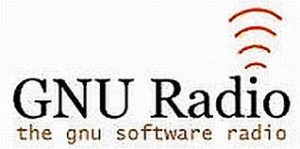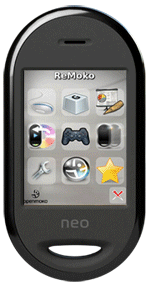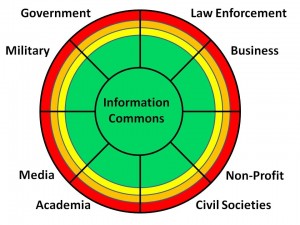The Technological Disobedience of Ernesto Oroza: In Isolated Cuba, Inventing to Survive
In 1991, Cuba’s economy began to implode. “The Special Period in the Time of Peace” was the government’s euphemism for what was a culmination of 30 years worth of isolation. It began in the 60s, with engineers leaving Cuba for the Unites States, and continues in part today, under the longest trade embargo in modern history.
When Ernesto Oroza, a Cuban-American designer and artist, began studying the technological innovations that have been made during this period, he uncovered a trove of homespun, Frankenstein-like machines that ordinary citizens made for their survival, out of day to day objects. In this episode of Motherboard, we visit Ernesto in Miami to talk about his work and the amazing creations of Cuba’s enterprising DIY inventors.
In the 1970s, a group of scientists and mechanics inspired by Che Guevara formed the National Association of Innovators and Rationalizers (ANIR) as a way of organizing and strengthening this homebrew culture, uniting the ethos of the hacker with the needs of an isolated economy and the call of a socialist revolution. Oroza showed us his meticulous collection of these machines, which he has contextualized as art pieces in a movement he calls “Technological Disobedience.”


 Maker Faire Africa is a celebration of African ingenuity, innovation and creation. Here you will find the Makers who showed their work at the 2010 event in Nairobi Kenya. Work ranges from time saving devices for agriculture to alternative energy sources from design with recycled objects to social media applications for mobile phones. Per maker you will find a short synopsis of their work, their contacts details plus a possibliity to collaborate with them.
Maker Faire Africa is a celebration of African ingenuity, innovation and creation. Here you will find the Makers who showed their work at the 2010 event in Nairobi Kenya. Work ranges from time saving devices for agriculture to alternative energy sources from design with recycled objects to social media applications for mobile phones. Per maker you will find a short synopsis of their work, their contacts details plus a possibliity to collaborate with them.







